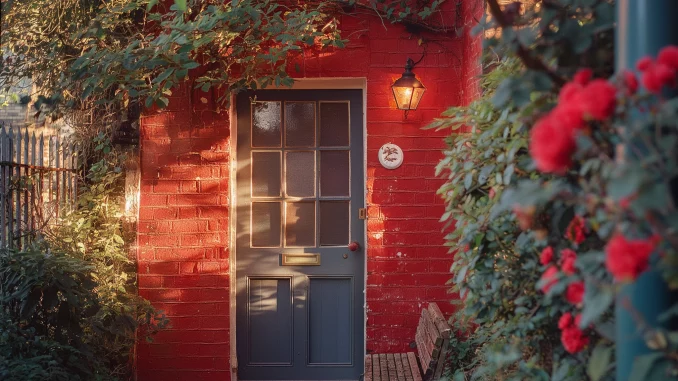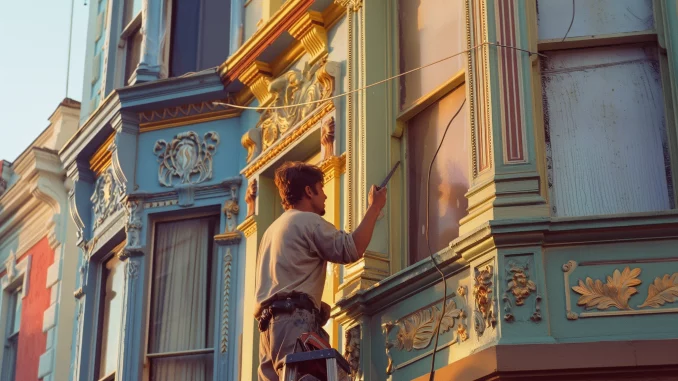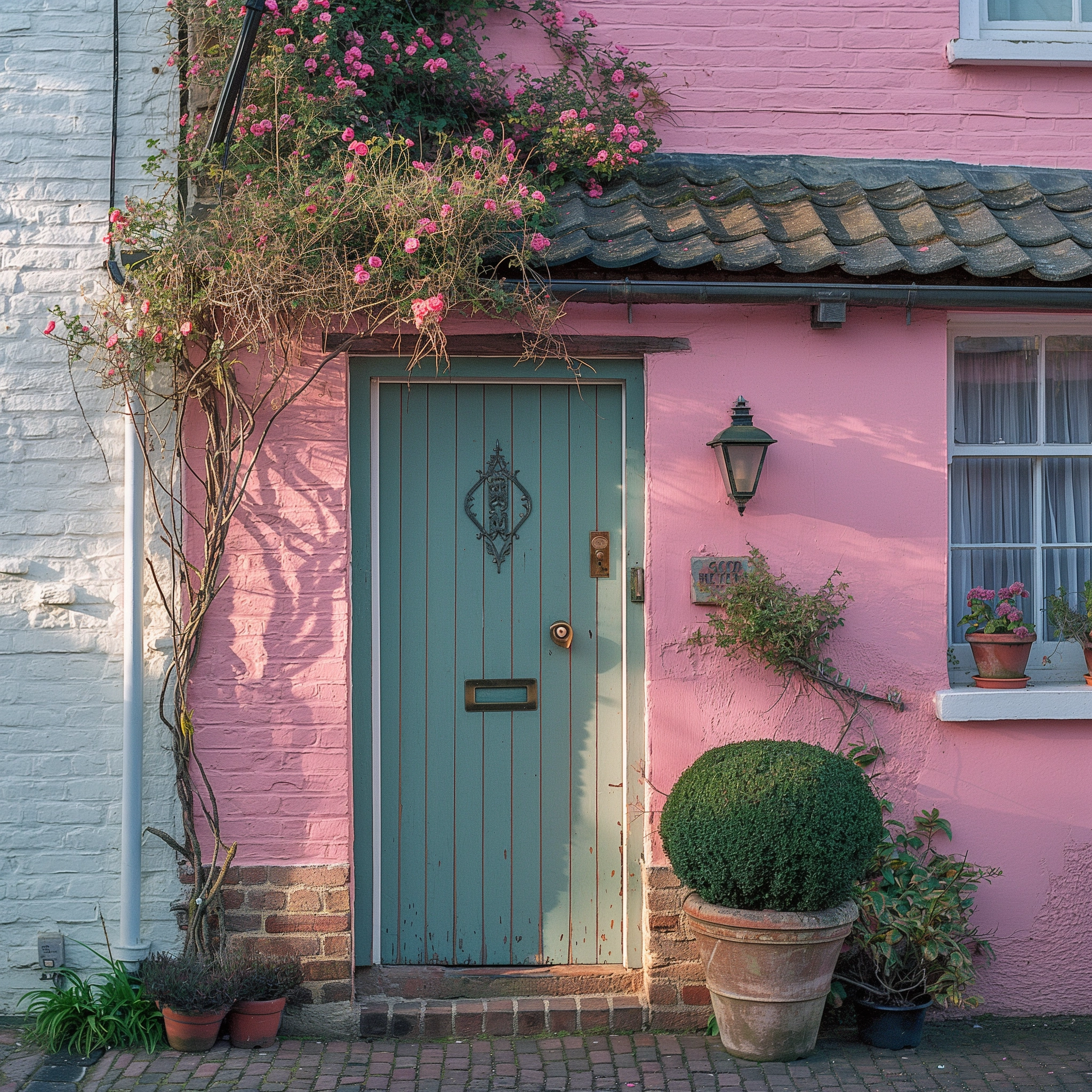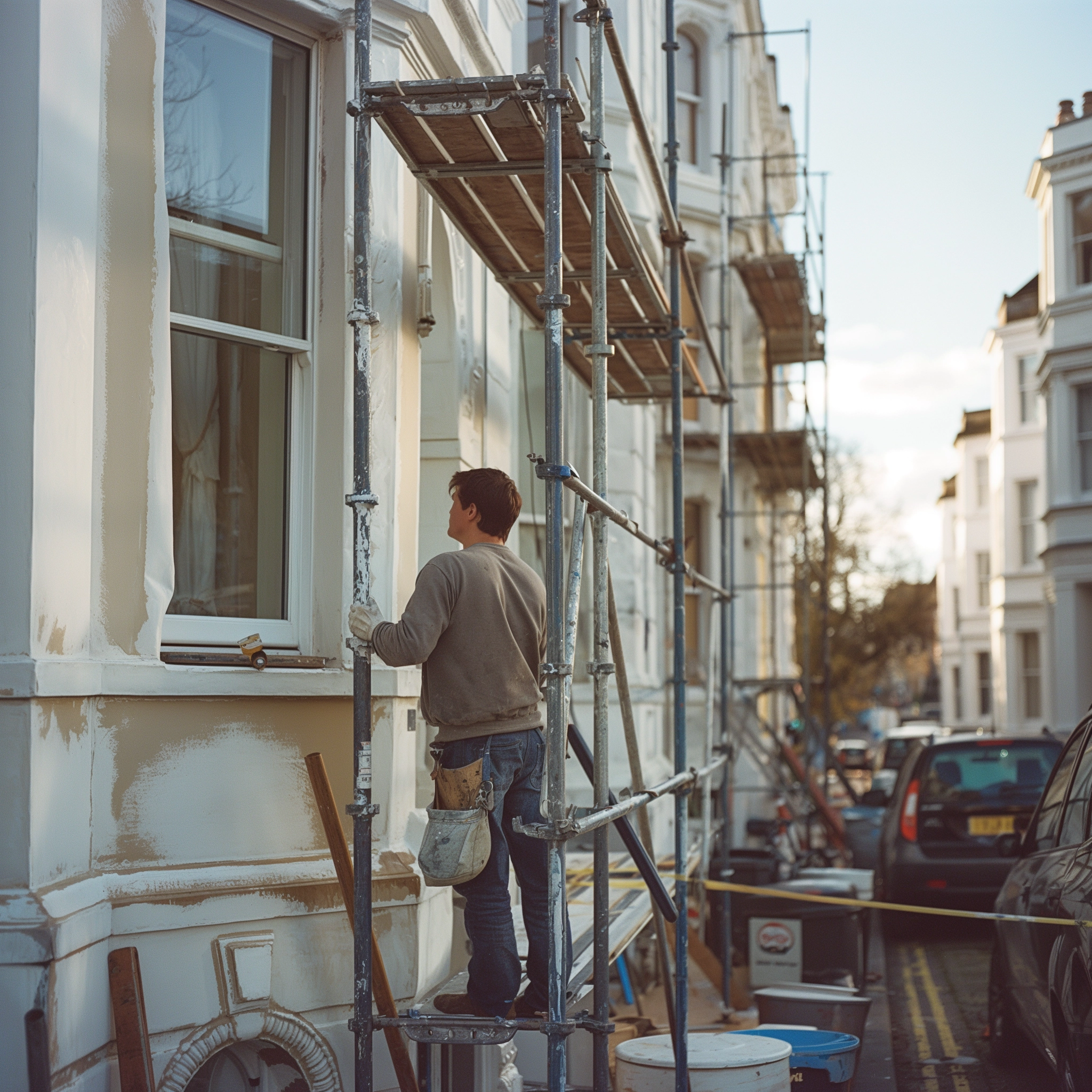
Refreshing the exterior of a home can dramatically improve its appearance and curb appeal, but the cost often seems prohibitive. However, with careful planning and strategic choices, it’s possible to achieve a stunning transformation without breaking the bank.
This guide offers budget-friendly tips for exterior painting, from meticulous planning and selecting the right materials to timing your project with the weather. Whether for a seasoned DIY enthusiast or considering professional help, these insights will empower individuals to refresh a home’s exterior efficiently and affordably, ensuring lasting beauty and protection against the elements.
Meticulous Planning and Budget Analysis
When it comes to refreshing the exterior of a home without plunging into financial disarray, meticulous planning and budget analysis stand at the forefront of the strategy. This initial step is crucial, as it lays the groundwork for the entire project. The current condition of the home’s exterior is assessed, and areas that require repairs or special attention are identified before painting can commence. This involves checking for damage such as cracks, peeling paint, and rot, which, if left unaddressed, could undermine the quality and durability of the painting efforts.
Balancing spending is another pivotal aspect of this stage. It’s tempting to cut corners to save money upfront, but this can lead to higher costs in the long run due to the need for more frequent touch-ups or complete repaints. Therefore, a budget is allocated not only for the paint itself but also for necessary repairs, high-quality tools, and, if needed, professional consultation. Creating a detailed budget helps identify areas where economies can be made without compromising on the overall quality and longevity of the paint job. Learn more about planning your exterior paint project.
Quality vs. Cost
Choosing the right paint is a delicate balance between quality and cost. The focus is on selecting durable, high-quality, and weather-resistant paints that offer value for money.
The British weather can be unforgiving, with rain, wind, and occasional harsh sunlight, making it imperative to choose products that can withstand these conditions. Paints that promise longevity and are backed by positive reviews and robust warranties are preferred.
While the initial outlay for higher-quality paint may be greater, the extended lifespan of the paint job translates into cost savings over time, as it reduces the need for frequent repaints. Find tips on selecting the best paint for your home’s exterior.
DIY vs. Professional

Deciding between tackling the project independently or hiring professionals is a significant decision. Skills, tools, and available time are carefully evaluated to ensure that professional-looking results can be achieved.
Safety is another crucial consideration, especially when dealing with heights or lead-based paint in older homes. For those confident in their abilities and with the necessary equipment, DIY painting can offer substantial savings. However, for complex projects or where safety concerns are paramount, investing in professional painters can be a wise decision, ensuring the job is done safely and to a high standard.
Surface Prep
The foundation of any great exterior paint job is thorough surface preparation. Time is taken to clean the surfaces meticulously, removing dirt, grime, and peeling paint, which can affect paint adhesion. Repair work is also carried out on any damaged areas to ensure a smooth, uniform surface.
Priming is another critical step, particularly for bare wood or metal or when changing paint colours dramatically. A good primer not only provides a suitable surface for the paint to adhere to but also enhances the paint’s durability and coverage. Understand the importance of surface preparation.
Colour Strategy and Selection

Selecting the right colour scheme is not just about personal preference; it involves considering the architectural style of the home and its surrounding landscape.
Neutral and earth tones are often favoured for their timeless appeal and ability to blend harmoniously with various settings. However, the visual impact of choice and how it complements the overall character of the neighbourhood is also considered.
Sampling paint colours on a small section of the exterior can help visualise the final look and make adjustments before committing to a full-scale application. Learn how to choose the perfect exterior paint colours.
Efficient Application
The success of the painting project also hinges on the use of proper tools and techniques. Brushes, rollers, and sprayers each have their strengths and are chosen based on the type of surfaces being painted and the finish aimed to achieve. For example, brushes are ideal for detailed work and edges, rollers can cover large, flat surfaces efficiently, and sprayers offer a uniform coat over extensive areas.
Care is taken to apply paint evenly and avoid painting in direct sunlight, which can cause the paint to dry too quickly and lead to an uneven finish.
Weather Timing
The unpredictable British weather necessitates careful timing of exterior painting projects. Dry, mild conditions, typically during late spring to early autumn, are aimed to ensure the paint dries correctly and adheres well to the surface.
Monitoring the weather forecast helps avoid rain, which can wash away fresh paint, and extreme temperatures that can affect the paint’s drying process and final appearance.
Eco-Friendly and Health Safety
Increasing mindfulness of the environmental and health impacts of painting projects is evident. Low-VOC (volatile organic compounds) paints are preferred for their reduced environmental footprint and lower health risks.
Additionally, when working in older homes, precautions are taken to safely handle and dispose of lead-based paint, following local regulations and best practices to protect health and the environment.
“In today’s environmentally conscious world, using eco-friendly paints for home exteriors is not just a trend, but a responsibility. These paints reduce harmful emissions, ensuring a safer environment for both our families and the planet. Although they might come at a higher initial cost, the long-term health benefits and environmental impact outweigh the expense. By choosing low-VOC paints, we contribute to a healthier home and cleaner earth, making it a win-win for everyone involved.” – Alex Taylor, Prestige Decorating London.
Sales, Discounts, and Community Resources
To maximise the budget, an eye is kept out for sales, discounts, and community resources. Many paint stores offer promotions or discounts on high-quality paints, especially during off-peak seasons.
Paint recycling programs and community exchanges are also valuable resources, allowing access to quality paint at a fraction of the cost or even for free. These initiatives not only help save money but also contribute to reducing waste.
Impact Focus
Finally, elements of the home’s exterior that offer the most visual impact, such as doors and trims, are prioritised. These features can be highlighted with contrasting or complementary colours to add character and curb appeal to the property.
Focusing on these areas ensures that efforts have the maximum effect, enhancing the beauty and value of the home without necessitating a complete overhaul.
Wrapping Up
Revamping the exterior of a home in a budget-friendly manner is entirely achievable with careful planning, strategic choices, and attention to detail. From the initial budget analysis to the final touches, each step is approached with the goal of maximising value without sacrificing quality.
By investing time and effort into each phase of the project, a home can not only look inviting and well-maintained but also stand up to the elements for years to come.